Visiting an architectural salvage yard is one of my favorite things to do — old windows, porcelain claw-foot bathtubs from a bygone era and vintage textiles that can be repurposed in creative ways are just some of the things that catch my eye. When I browse through antique emporiums or yard sales, I also look for interesting pieces that can be added to the landscape, like a one-of-a-kind sculpture that could make an interesting focal point at the end of a path, or an iron fragment from an old gate that could decorate an enclosed courtyard.
But one of my favorite salvage items is a millstone, because I love designing around a circular theme. It doesn’t matter whether your garden is large or small; a properly sited stone can become the center of your design and can stand alone as an artistic element that celebrates the past in a fresh new way.
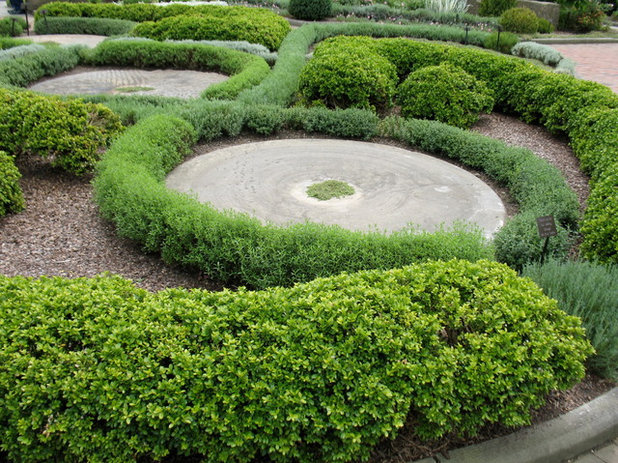 1. Make an herb spiral.
1. Make an herb spiral. These large grinding stones are part of the Western Reserve Herb Society’s beautiful Herb Garden at the Cleveland Botanical Garden. I love the way the granite discs have been used to form a knot garden with interwoven threads of hardy medicinals like fragrant lavender and artemesia.
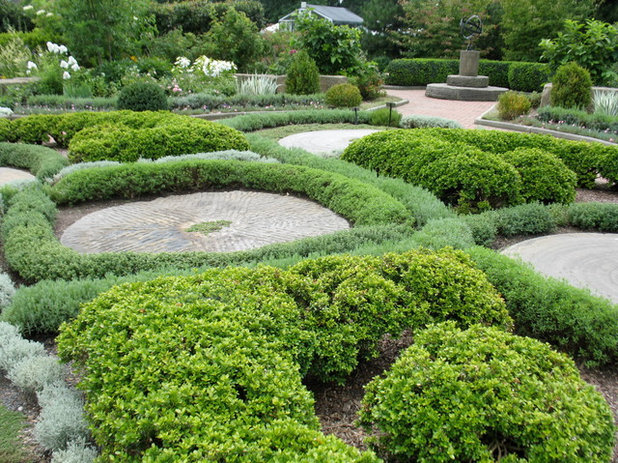
Sun-loving lavender cotton (
Santolina chamaecyparissus), dusty miller, thyme, oregano and dianthus are just some of the plants that could be added to a circular scheme around a millstone, and low mounding boxwood can be used to shape the outlines of a spiral or knot pattern.
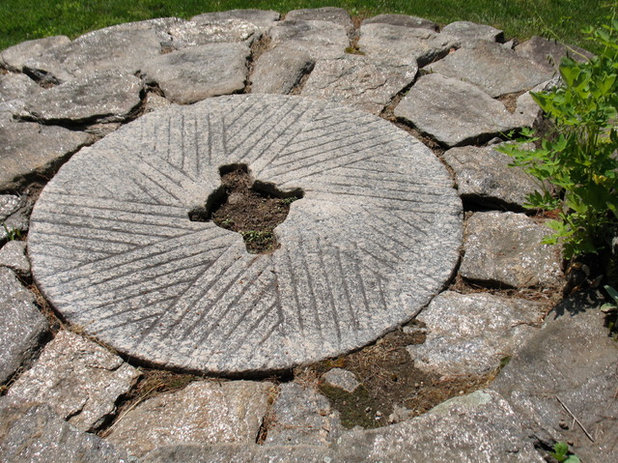 2. Build a circular patio.
2. Build a circular patio. With the stone as the center, place other stones in a concentric pattern to form an unusual patio or garden room. Take advantage of interesting textures and patterns in the stone by planting small creeping herbs that draw the eye.
Lemon thyme and tricolor sage (
Salvia officianalis ‘Tricolor’) would look great planted in the center of this disc.
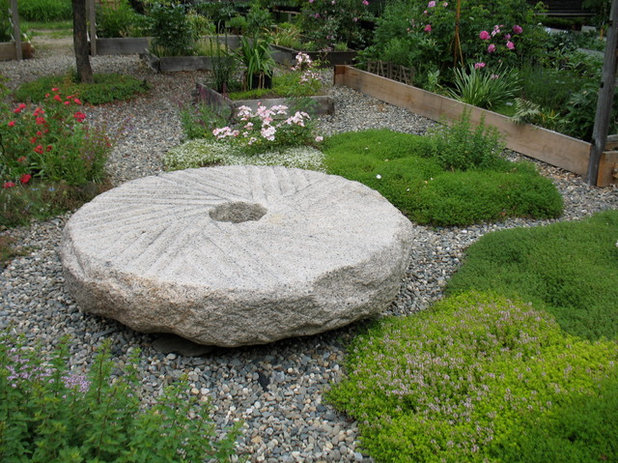 3. Create a focal point in a garden room.
3. Create a focal point in a garden room. A millstone with real character can stand on its own. From a distance it will draw the eye, and if it has enough dimension, it can become a seat or gathering spot.
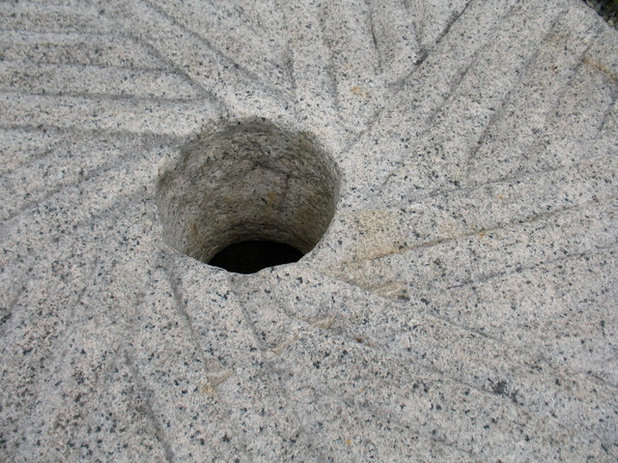
Paintbox Garden
The pattern details can inspire you to make the framework of the garden more curvilinear, more organic or free-flowing. Repeat the spherical element by experimenting with cement or stone balls on the lawn or ground, or use round stepping stones for connecting pathways.
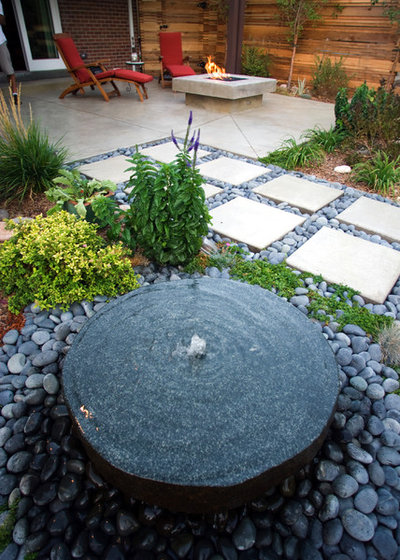
Mile High Landscaping
4. Add a fountain element. Adding a bubbling fountain to a garden creates a spa-like atmosphere that soothes the spirit and infuses the space with tranquility. If something like this is on your wish list for next year, think about having a bubbler made from a millstone.
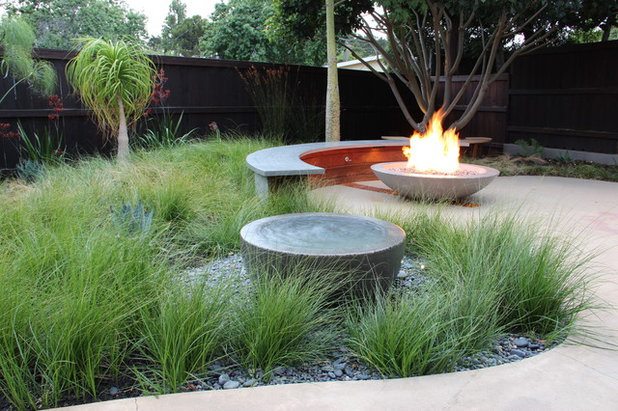
Gardens by Gabriel, Inc.
A circular bubbler looks right at home in a bed that’s artfully curved and planted with textural grasses. For small enclosures designed for entertaining, a millstone fountain can set the stage for relaxed, intimate gatherings.
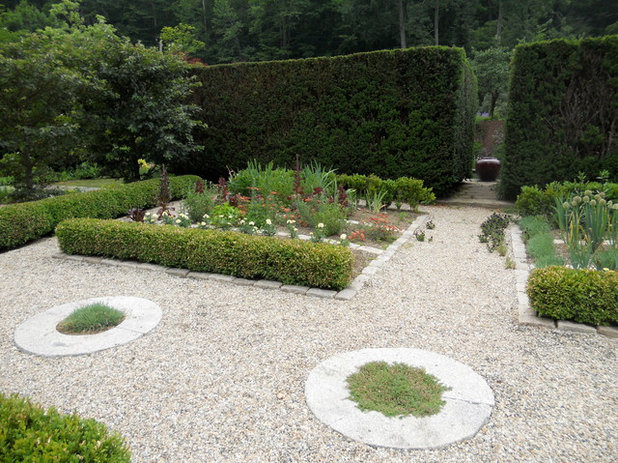
Paintbox Garden
5. Decorate pathways. Geometric garden rooms that have gravel as a base material look even more beautiful when round mill stones are added for visual contrast. The circular shapes are playful and can make a formal setting less imposing or less boxed in.





